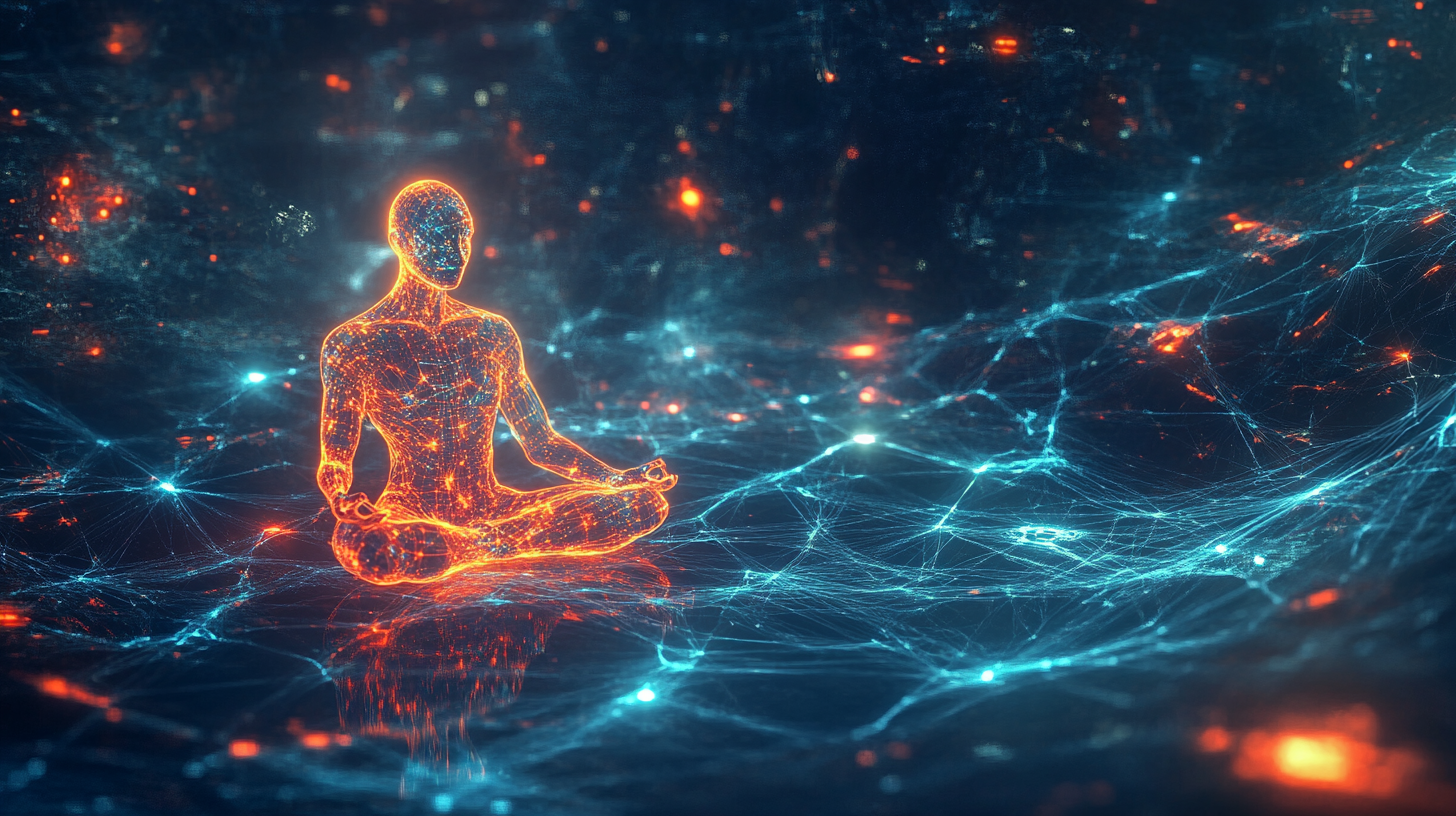Published on: November 29, 2024 / update from: December 7, 2024 - Author: Konrad Wolfenstein

The fundamental question of the existence of artificial intelligence? Do I need this? – Image: Xpert.Digital
Can artificial intelligence promote creative work and development?
The question of whether development and creative work can benefit from artificial intelligence (AI) may initially seem contradictory. Finally, AI is often viewed as the antithesis of human creativity. But a closer look shows that AI does not necessarily replace creativity, but rather represents a tool to support creative processes and open up new possibilities.
AI as a source of inspiration and supporter of creative processes
A common misunderstanding in the discussion about AI is the assumption that it eliminates or standardizes creativity. In fact, AI can help develop creative ideas by recognizing patterns that may be hidden to humans or by providing thought-provoking thought that previously seemed unthinkable. For example, a designer can use AI tools to generate innovative color palettes, visualize prototypes more quickly, or compare alternative designs. “AI is not a competition to human creativity – it is an expansion of possibilities.”
With its ability to analyze and present data at impressive speeds, AI offers a platform that can transform creative work. Artists and developers can focus more on the creative core of their work, while repetitive or technical tasks are automated by AI. The use of AI thus creates an environment that promotes creative thinking while expanding the boundaries of traditional approaches.
The role of visualization: developing creativity through freedom
One of the most exciting possibilities that AI offers is the visualization of ideas. Whether it's architecture, film, design or marketing, AI-driven tools make it possible to present ideas faster and more accurately. This means artists and developers can spend less time on technical implementation and instead gain more freedom to explore new concepts.
For example, AI-powered software allows architects to model their designs in real time and test them with virtual environments. Designers can visualize prototypes that previously would have required hours of manual labor. This creates not only a feeling of lightness, but also the possibility of using seemingly inexhaustible creative potential.
“The freedom that AI creates through its visualization capabilities means that people feel less constrained by technical obstacles. This gives them the impression that they can achieve anything.”
Projects that would be unthinkable without AI
AI enables us to realize projects that would previously have been unthinkable due to technological or time constraints. An example of this is the use of AI in film production. Here, AI can be used to optimize digital effects, analyze scripts, or even create storyboards that improve narrative structure.
Another example can be found in the world of science. Thanks to AI, scientists can analyze large amounts of data to find innovative solutions to complex problems. A notable example is the development of new drugs: AI helps to analyze the effectiveness of potential active ingredients, thereby significantly speeding up the development process.
AI also opens up completely new perspectives in the education sector. She can create customized learning content based on learners' individual needs. This would have been difficult to achieve without technology, as it is impossible to provide individual support to millions of learners at the same time.
The creative person remains irreplaceable
Despite all these advances, it is important to emphasize that AI can never replace the human creative mind. While AI analyzes data, recognizes patterns and makes predictions, humans remain the driving force behind the creative process. It is the person who has visions that go beyond the purely rational, who understands emotions and tells stories that touch others.
However, AI can serve as a catalyst for these processes. By giving people the tools to implement their ideas faster and more precisely, it helps take creative work to a new level. It challenges us to redefine our idea of creativity and reassess the role of technology in this context.
Challenges and ethical considerations
However, integrating AI into creative processes also brings challenges. One of the biggest concerns is the question of authorship: If an AI creates a work of art, who owns the work? Such questions show that we must take into account not only the technological possibilities, but also the ethical and legal framework.
Another problem is the possible dependence on AI. If people rely too heavily on AI, they could lose the ability to find creative solutions on their own. That's why it's important to view AI not as a replacement, but as a complement to human creativity.
A new age of creativity
AI has the potential to fundamentally transform creative work and development. It is not a replacement for the human spirit, but a tool that opens up new possibilities and pushes existing boundaries. Through its ability to automate processes, visualize ideas and analyze large amounts of data, it creates a platform for innovation and creativity that was previously unimaginable.
“With artificial intelligence, we can realize projects that expand our imagination and redefine the boundaries of what is possible.” Nevertheless, the responsibility for how we use this technology remains with humans. Only by consciously and responsibly integrating AI can we ensure that it remains a catalyst for positive change.
In this sense, the future of creative work is not at odds with technology – it is complemented and enriched by it. It is up to us to seize these opportunities while ensuring that people always remain the focus.
Suitable for:

